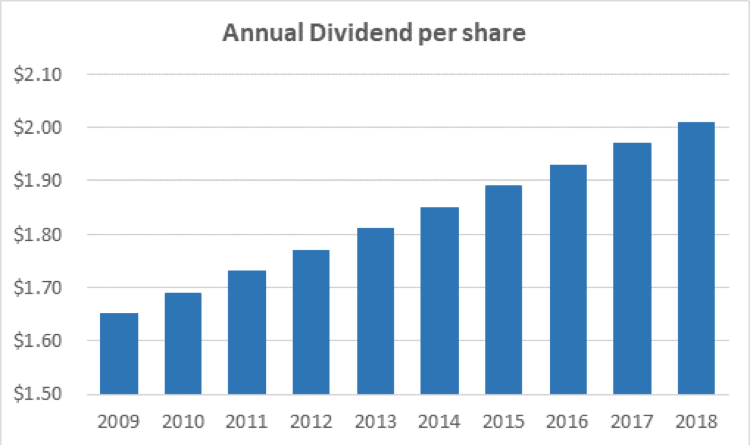Is AT&T’s Dividend Safe?
Some of the world’s best investors stick to dividend portfolios. They know that a steady stream of income is a top wealth-building strategy. And finding the best deals with the most reliable companies is vital. But what happens when a reliable company is saddled with debt? Today, we’re going to review AT&T’s dividend safety and how it will pay off its debt.
Business Overview and Highlights
AT&T is a $279 billion business based out of Dallas, Texas. The company employs 268,200 people. Last year, AT&T pulled in $171 billion in sales, and that breaks down to $637,000 per employee.
The company operates within the communications sector and maintains a solid credit rating (BBB) from the S&P. This has allowed AT&T to issue cheap debt to expand operations and finance other initiatives.
On June 28, AT&T’s board of directors declared a quarterly dividend of $0.51 per share. That dividend was made payable on August 1 to shareholders of record at the close of business on July 10.
In the last five years, AT&T acquired DirecTV and Time Warner. In doing so, AT&T took on a significant amount of debt. Some investors were afraid the company took on too much debt, but those fears are likely overblown. AT&T has an aggressive strategy to reduce its net debt by $20 billion in 2019.
AT&T is committed to two things: paying off its debt, and keeping up its dividend. The company is succeeding in both regards.
AT&T’s 10-Year Dividend History
The company paid investors $1.65 per share a decade ago. Over the last 10 years, the dividend has climbed to $2.01. That’s a 22% increase, and you can see the annual changes below…

The compound annual growth is 2% over 10 years. The steady dividend growth is a good sign. AT&T might work out as a great income investment. Let’s take a look at the yield…
AT&T’s Current Yield vs. 10-Year Average
AT&T’s long history of paying dividends makes it one of the best dividend stocks around. This also makes the dividend yield a great indicator of value. A higher yield is generally better for buyers. Sustainability is also vital, and we’ll look at that soon.
The dividend yield comes in at 5.35%, and that’s below the 10-year average of 7.41%. The chart below shows the dividend yield over the last 10 years…

The lower yield shows that investors have bid up the company’s market value. They might be expecting higher growth and payouts. But more often than not, the dividend yield is its mean reverting with share price changes.
Improved Dividend Safety Check
Many investors look at the payout ratio to determine dividend safety. They look at the dividend per share divided by the net income per share. So a payout ratio of 60% would mean that for every $1 AT&T earns, it pays investors $0.60.
The payout ratio is a good indicator of dividend safety… but accountants can manipulate net income. They adjust it for goodwill and other noncash items. A better metric is free cash flow.
AT&T’s communication segment is the biggest contributor to the company’s free cash flow. The communication segment includes DirecTV, which has lost 778,000 subscribers due to the streaming economy. AT&T hopes it can offset those losses with a boost from WarnerMedia. Even still, AT&T is generating a healthy amount of free cash flow.
Here’s AT&T’s payout ratio based on free cash flow over the last 10 years…

The ratio has been volatile over the last 10 years, and the trend is up. The last year shows a payout ratio of 61%. This gives wiggle room for AT&T’s board of directors to raise the dividend.
While AT&T is making all the right steps toward paying off debts, it could be difficult for the company to raise its dividend in the near future. Experts have noted that AT&T’s largest debt hurdle comes in 2023 when the company is required to pay $12.6 billion.
Fortunately, AT&T has the tools to increase its revenue. With WarnerMedia now firmly in its hold and the advent of 5G technology around the corner, AT&T is in a good position. Dividend investors shouldn’t worry because it looks like AT&T and its dividend are here to stay.
For more information on dividend-paying companies, check out our Dividend Stocks page. There is a wealth of information about the latest and greatest in the dividend-investing world. Now you know about AT&T’s, but what about PepsiCo’s dividend?
[adzerk-get-ad zone="245143" size="4"]




